The other day when I came home from a walk with my husband, I heard a loud buzzing. At first I thought it was his hearing aids. Then I realized the buzz was coming from inside my folded-up parasol. I use a parasol all seasons because of skin cancer. Who knew growing up in the fifties that there was a hole in the ozone layer? My husband and I took the umbrella outside, opened it up, and were buzzed to see a bee escape.
Most bees today aren't so lucky. Parasols are the least of their worries. There's a bee blight that has reduced the number of bees from four million in the 1940s to three million in 1996. "Colony collapse disorder" is the name given to the sudden loss of the colony's worker population, and as in the rest of life, it's the workers that keep everything going. The causes are believed to be climactic changes, fungi, protozoa, toxins in the environment, and possibly genetically modified crops (GMO). GMO can make foods resistant to the effects of pesticides, but then those foods might be poor nutrition for the bees. Clothianidin, a neuroactive pesticide, paralyzes bees and leaves them dying outside their hives. Neonicotinoids, chemically similar to nicotine, has been proven to interfere with the bees' ability to learn scents, which hampers their ability to find food. Tracheal mites live inside the honeybee's trachea and suck their blood like internal vampires. Varroa mites are large parasites that reproduce inside the hive cells and can cause abnormalities in the young, such as wings that won't fly. The frequency used by cell phone towers might disrupt the communication between bees and cause them to lose their way to and from the hive.
Bees are needed for pollination. Einstein said that if honeybees became extinct, humans would follow in four years, and as my mother said, Bea, said, "Einstein was a pretty smart fellah."
I'm not a scientist and the issues are more complex than my confidence to write about them, but one thing that stuck with me (besides a stinger from a bee bite) was when the bees from an amateur beekeeper in Red Hook, Brooklyn, began to turn bright red as did their honeycombs. Turned out the bees were stopping at a maraschino cherry factory for a toxic snack before going home. What better proof do we need for how the industrious honey bees are being affected by our industrial world?
Have you had enough bee terror by now? The bees certainly have.
There are simple things you can do in your own life to keep the honeybee abuzz. Planting flowers that attract bees. They adore purple, yellow, and blue flowers. Planting ten or more species of plants will draw them, too. Don't use pesticides or use them sparingly. Remember, bees love weeds. Leave patches of dandelion and clover. Many bees live in the ground, so don't block them with heavy layers of wood chips. You can also volunteer to plant wildflowers along roadways and other public areas of your town.
On Earth Day and all the days in between, we need to be keepers of the bees.
To learn more about bees, click here: